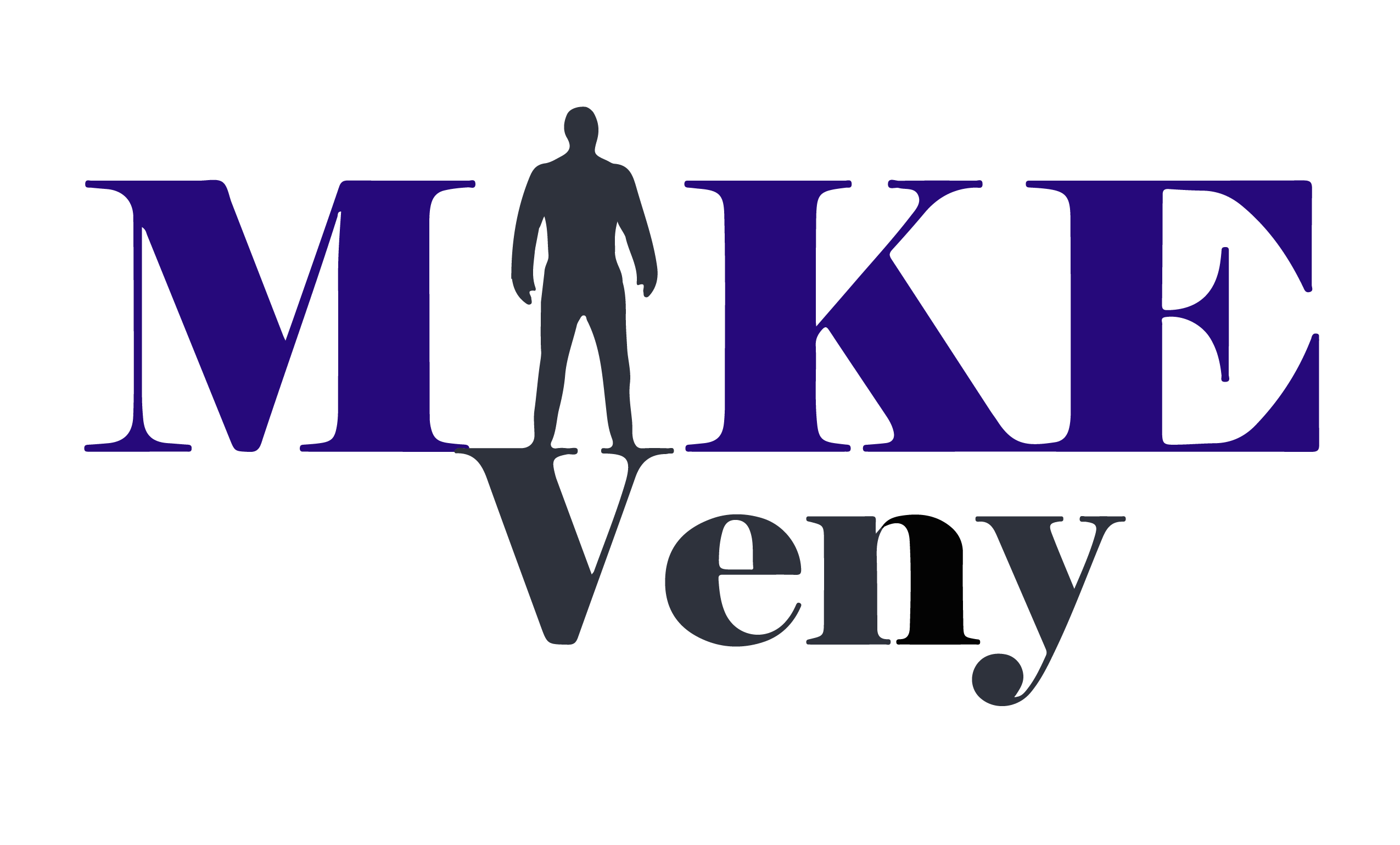
TW // suicide
There has been a lot of talk about suicide since the pandemic began in 2020. Anxiety and depression increased around the world. The number of calls to the suicide hotline went off the charts. We’ve been unable to deny that we have a mental health crisis on our hands. So naturally, the topic of suicide prevention starts to enter conversations a little more.
But talking about it is not enough.
One study found that 93% of people believe that “suicides can be prevented at least sometimes”. That means it’s safe to assume that the vast majority of you reading this also feel suicide is preventable.
So, let me ask you this question—why are so many people still dying by suicide?
It’s clear that as a whole, we’re not doing what needs to be done to prevent suicides from happening. We know it’s possible. We think it’s important. But there isn’t action backing the belief.
It’s easy to sit back and think that it’s someone else’s job. Or that we would take action if someone we knew personally was suicidal. But here’s the scary thing—that’s not how the story plays out in real life. How many times have we watched the news cover the story of someone who died by suicide and their friends and family are shocked it happened? They didn’t see the signs that there was a problem. They didn’t believe anything like that would really happen in their circle.
That’s why we have to take action now before it’s too late.
You never truly know what’s going on inside of another person. Mental health challenges and struggles tend to be easier to hide than many physical ailments. And the stigma that surrounds mental health is a major obstacle for people taking steps to get the help they need.
Suicide and mental health are not just “personal” issues that should be left to be handled after work hours. And it’s not just something that you should address because of “corporate responsibility” so you look good in the news and don’t get in trouble with HR.
Suicide prevention is an issue that needs to be addressed in the workplace.
The Employer Role in Suicide Prevention
In no way do I think managers or a company need to assume responsibility for someone else’s health. But I do think that most organizations could be doing more than they are to help.
In reality, many people work 8+ hours a day. If your employees are back in the office, you may be seeing them more during waking hours each week than any other person in their life. That’s a true possibility. You may have an opportunity to pick up on subtle cues that no one else is going to notice. This is one of the reasons why it’s crucial that employers begin taking an interest in the mental health of their employees.
If you choose to ignore those cues, it may not lead to suicide, but it’s going to affect your employees on a personal and professional level. At the very least, taking workplace initiative to address employee mental health will boost productivity levels and work quality. On the other end of the spectrum, it could save a life.
Being an effective leader in the workplace is about more than hitting company goals. It’s about bringing up and supporting the people around you.
It’s important to remember that you have a role as a connector at work. Your job isn’t to sit in the place of a therapist or stand in the role of a doctor (unless one of those is your profession). Your job is to help connect your employees to the right resources that will get them the help they need. You don’t have to have all the answers on your own. You simply need to be aware and take steps to show you care.
Once you know the steps you can take, it becomes pretty simple.
Investing in employee mental health will strengthen company culture
I know that when addressing a serious topic like suicide, we shouldn’t have to try to convince C-level executives of why it’s important. But I also know that senior-level management is dealing with a lot, especially in light of the ongoing pandemic. It’s hard to focus on everything and when the bottom line always needs to be addressed, sometimes it helps to encourage management with something more than a personal plea.
I believe that most managers truly care about their employees. But I also know we’re in a struggle right now of transitioning from a “leave your problems at the door” society to one that views employees as real people with real lives.
In the workplace, work needs to get done. It’s as simple as that. When there is a conflict, friction, or personal situation going on in the background, it’s a problem. It disrupts the smooth flow of productivity and culture in an organization. Focusing on workplace mental health and wellness is the first step to helping address that.
Ultimately, investing in the health and wellness of your team will create a more trustworthy culture. You’ll have healthier and happier employees. And things will move faster and smoother than before.
Build trust and make people comfortable
You want people in your organization to feel comfortable coming to leadership when they’re facing a problem. They need to feel they can trust you and be honest with you.
I’ve had multiple people on my team come to me when they’ve had difficult things going on in their lives. The fact that they felt comfortable doing this made it so we were able to work together on the same page. We were able to make necessary pivots or adjustments to projects or timelines to allow them the space they needed at that time.
I did my best to offer support and make work better for them during this time. If I had not shown myself to be sensitive to situations like this, I don’t believe they would have felt comfortable coming to me in the first place.
This may seem like it makes sense because my company is focused on mental health and emotional wellness, but this should be true for all companies. We still have deadlines to meet. We still need to get things done. And we’re still working to reach goals just like you are in your company.
It doesn’t matter what the service or product is you’re selling, employee health and wellbeing are important in every company.
How do you know when an employee is suicidal or struggling with their mental health?
As I mentioned above, people can hide the mental health challenges they’re experiencing. But there are often signs and symptoms of an employee who is struggling. Here are a few things to look for:
1. Changes in their communication
You may notice it’s harder to get in touch with them. They may become inconsistent in responding to your calls or emails. And when you do speak with them, they may be more direct and to the point, not wanting to engage in small talk.
2. Their tone of voice changes
If you have an employee who is usually lively and animated when they speak, they may take on a more monotone voice. There may be little to no changes in the pitch or emphasis of words as they speak.
3. Changes in their performance
Managers tend to be quick to think a drop in productivity or poor performance is a behavior issue that needs to be addressed. In reality, it may be due to a mental health challenge. The employee may start to miss deadlines or make mistakes they normally wouldn’t.
4. They put in long hours
You may be tempted to get excited when an employee is over-performing and working long hours. But while they may be accomplishing a lot, it may be to the detriment of their mental health and wellness. Or they may be overworking in order to avoid dealing with personal situations and difficult emotions.
If you have remote workers, this can be a sign that the lines between home and work have become blurred, which could mean they’re at risk of burnout. Pay attention to what time employees are sending emails to you or saving files after working on them.
5. They have a change in their physical appearance
Many people struggling with depression and mental health find it difficult to put effort into their physical appearance. You may notice a decline in the way they present themselves. If they’re working remotely, they may start keeping their camera turned off.
It’s important to keep in mind that the signs above may be signs that someone is struggling but it doesn’t always mean they are. If you notice the things above, use it as a sign to be more aware and pay attention to the situation.
Additional tips for employers
It’s also important to understand that you may have employees struggling who are giving you no visible signs to observe. This is why it’s always better to be proactive in providing support instead of waiting until you spot a problem. Here are some things you can do:
Be proactive in checking on your employees
There’s been a lot of focus over the past year about the importance of checking in on your remote workers, but don’t forget about your in-person staff either. It’s easy to be in the same building with people and not really take the time to observe them and check on them.
Make time to have one-on-one conversations with the individuals on your team. Make sure all managers in your organization are doing the same with their staff. Take an interest in each person on a personal level and not just when it comes to their role in the company. Don’t just brush shoulders and give them a quick “hello” when passing in the hall.
If you have remote workers, make time to call them or schedule virtual meetings. Listen to their voice and get a read on how they look.
Provide access to resources
The study referenced above provides some of the things that people view as barriers for suicidal people, keeping them from getting help. The list includes:
- Feeling like nothing will help
- Lack of hope
- Embarrassment
- Not knowing how to get help
- Lack of social support
- Fear of disappointing others
- Social stigma
- Can’t afford treatment
- Lack of access to treatment
- Fear of losing a job
Look at how many of these things companies could help address for their employees.
To address the lack of hope, feeling like nothing will help, and not knowing how to get help, companies can provide resources that share this information.
To address the lack of social support, fear of disappointing others, social stigma, fear of losing of a job, and embarrassment, companies can make it normal to talk about serious and important topics like mental health and suicide. Your company could put out a strong message about standing by employees and take action to show them you will help them get help if they’re struggling. Then they wouldn’t have to be afraid of losing their job.
Fewer than 50% of people are comfortable talking about suicide. What if your company created an environment where people could feel comfortable talking about it?
What if your company found a way to provide every employee with access to online therapy if they needed it? You could make it simple and anonymous so they could feel comfortable doing it without having to come to you directly if they wanted.
Give employees the benefit of the doubt
This is tricky for many employers. As you read this, you may be thinking something like:
“If I adjust deadlines to give a struggling employee more time, aren’t they going to start to take advantage of the situation? Will other employees see an opening to ‘play the mental health card’ to get out of work?”
It may sound a little harsh when you see the words on the screen, but it’s okay. These are honest concerns of individuals tasked with running a company, keeping the doors open and the paychecks coming. As an employer, you’re the one responsible for making sure things are getting done.
I encourage you to take the risk of trusting your employees in these situations. I believe that for the most part, you’ll find that when your employees know you’re behind them and supporting them, they will want to do a good job for you in return. If you have employees who are taking advantage of a situation like this, it’s more likely a sign that the individual is not the right fit for your company.
It’s not always encouraged or easy in the business world, but I urge you to believe the best of your employees. In the end, it’s not just about suicide prevention, it’s about making work and life better for people. It’s a win-win for everyone.
Find and do your part in suicide prevention
No one is asking or expecting you to prevent all suicides from happening. But I am calling on you to do your part within your organization and network. Suicide can’t continue to be something we are afraid to talk about. And suicide prevention can’t continue to be something that we talk about but do nothing about. The key is in the action we take.
Suicide prevention isn’t only the responsibility of non-profit mental health organizations focused on the area. And it shouldn’t only be addressed in September for National Suicide Prevention Week.
Statistics show on average one person dies every 11 minutes from suicide. It doesn’t have to be this way and there is no reason why it should be. Don’t wait to take action until someone on your team has become part of the statistics.
If you’re ready to address the topic and bring a mental health presentation to your workplace, learn more here.

